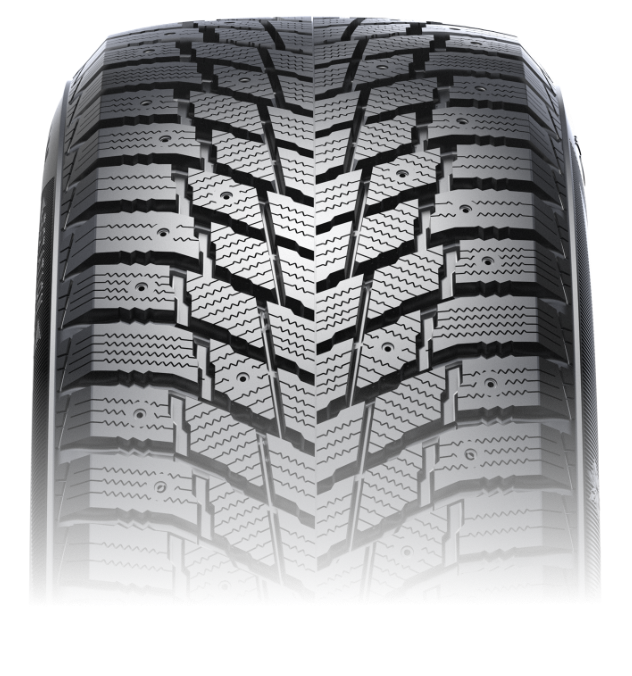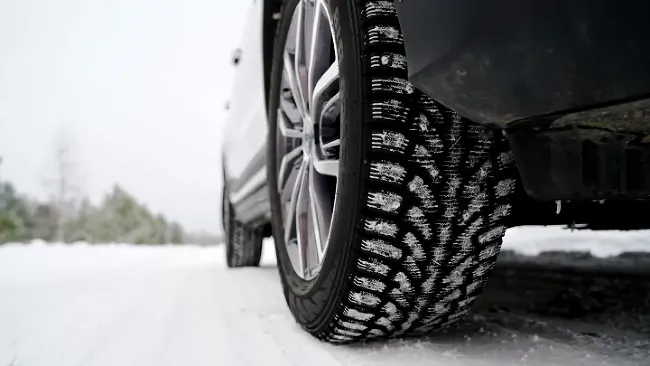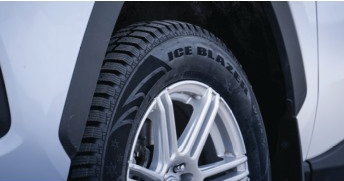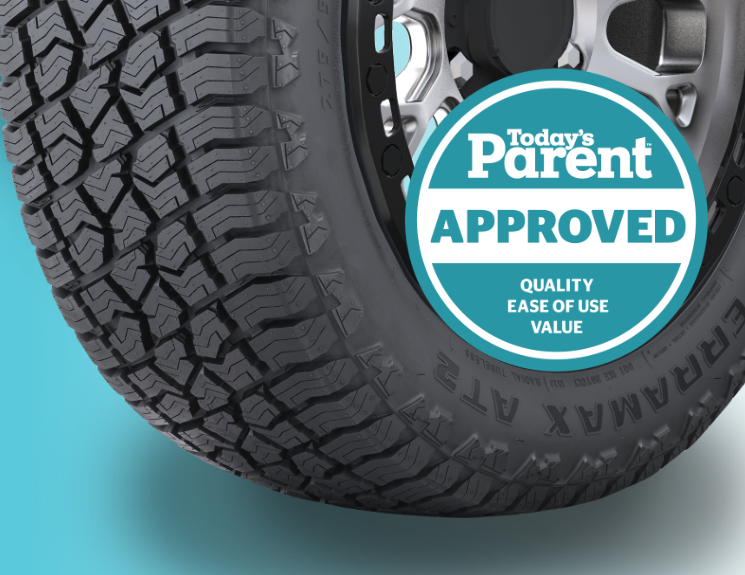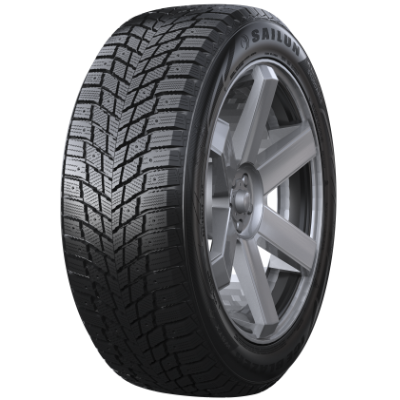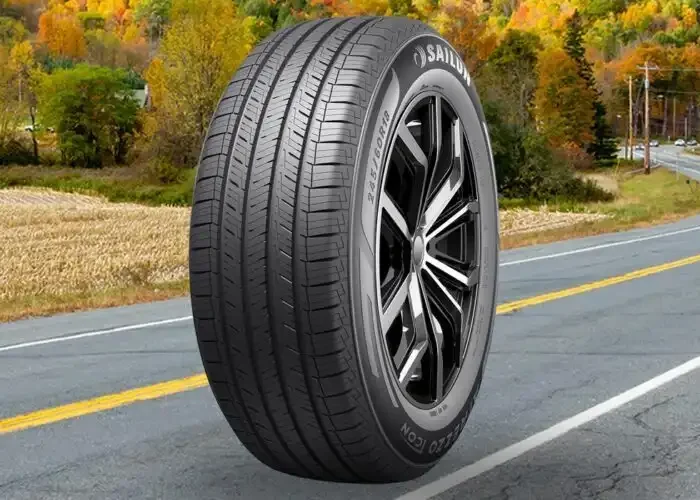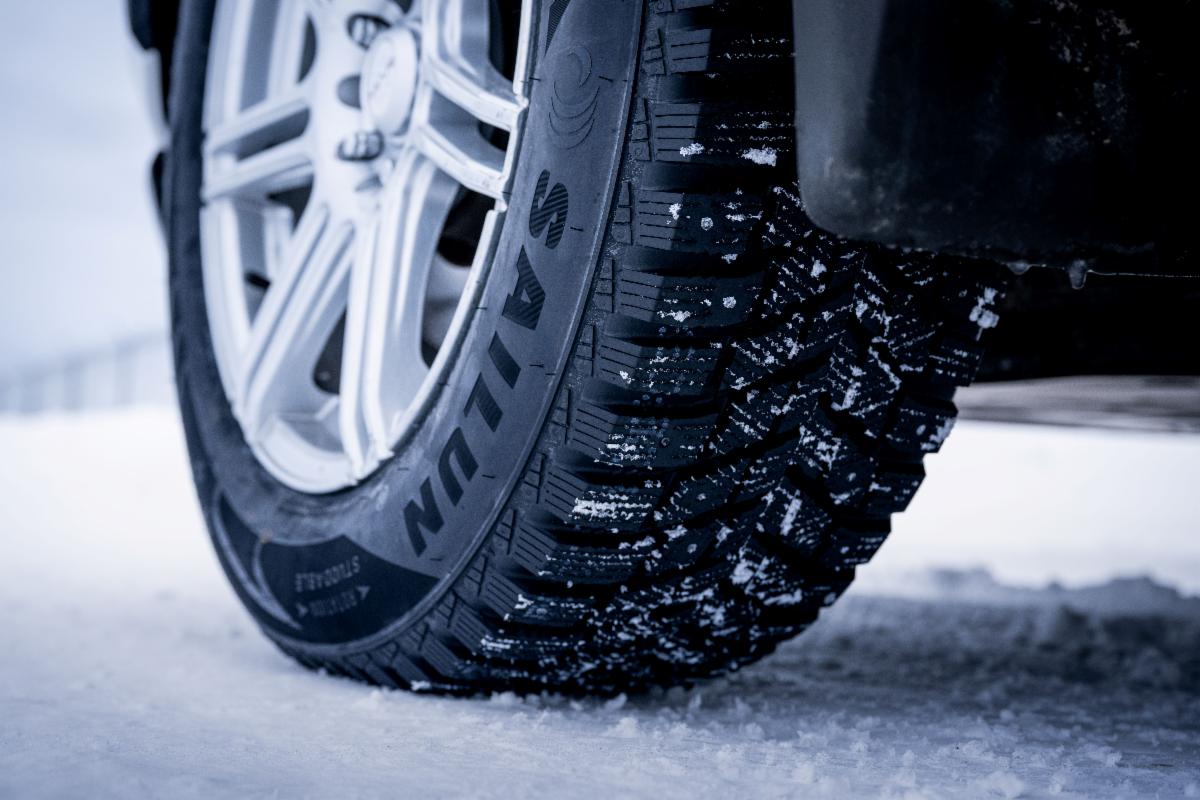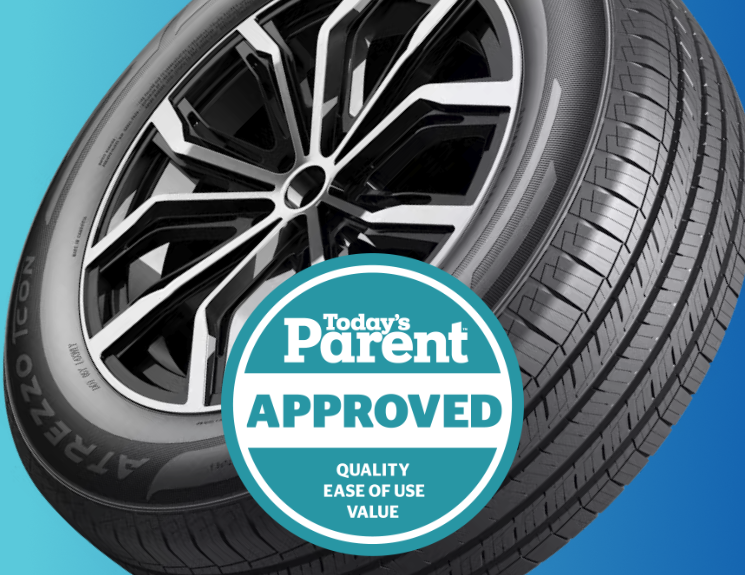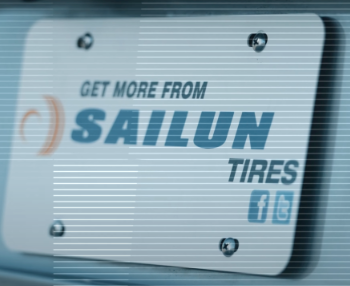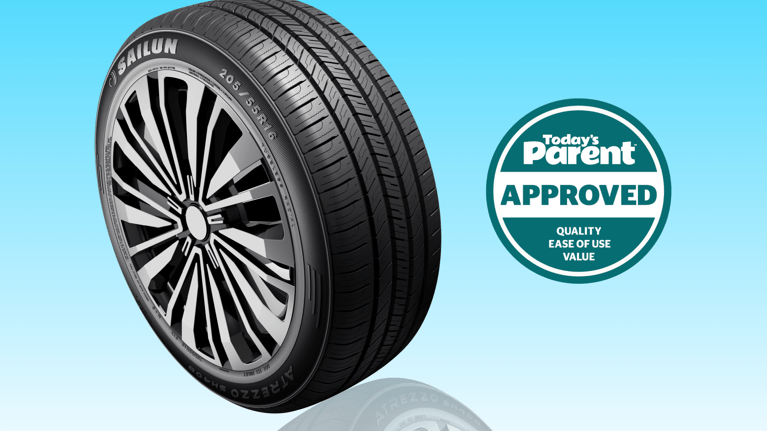
Parent Approved: Why the Sailun Atrezzo SH408 Is a Smart Tire Choice for Families
Looking for a quiet, reliable, and affordable all-season tire? See how the Sailun Atrezzo SH408 handles daily driving with comfort and control.
Reciba las últimas noticias y actualizaciones de Sailun Tires. Manténgase al tanto con actualizaciones importantes y tendencias emocionantes. Descubra innovaciones, explore el conocimiento de los expertos y únase a la conversación que impulsa a la industria de los neumáticos hacia adelante.

Looking for a quiet, reliable, and affordable all-season tire? See how the Sailun Atrezzo SH408 handles daily driving with comfort and control.

— Apr. 04, 2025


